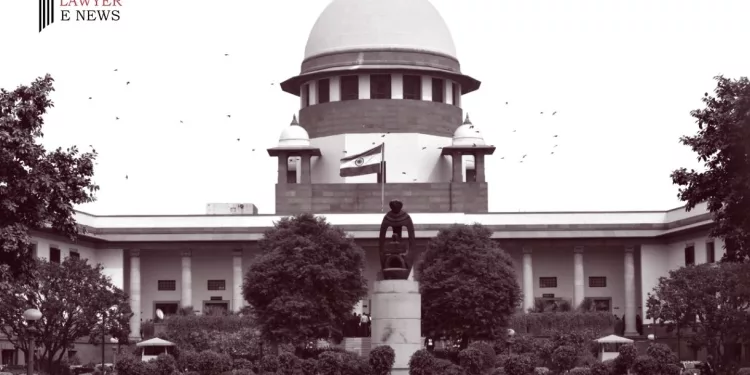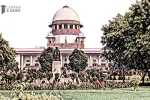Inconsistent Evidence and Doubts Lead to Acquittal in Murder Case: Supreme Court

In a latest judgment delivered on October 9, 2023, a two-judge bench comprising Justices S. Ravindra Bhat and Aravind Kumar of the Supreme Court of India acquitted the accused in a criminal appeal that hinged on testimony, motive, and CCTV footage. The judgment, characterized by meticulous scrutiny and a focus on inconsistencies, marks a significant development in the administration of justice.
The case, which had led to the convictions of several individuals in the lower courts, came under intense judicial scrutiny in the Supreme Court. The judgment emphasized the need for evidence to be of the highest quality, raising questions about the reliability of the prosecution’s case.
“COURT OBSERVATION: From the video clips, the faces of assailants and complainants are not decipherable,” noted the bench, shedding doubt on the authenticity and clarity of the key CCTV footage that had been relied upon to secure the convictions.
The prosecution’s case rested heavily on the testimony of PW-9, whose statements were found to be inconsistent and contradictory. The witness had not named the appellants in the First Information Report (FIR) and had failed to identify one of the accused as the driver of a motorcycle. These inconsistencies raised doubts about the veracity of the prosecution’s case.
Additionally, the bench found flaws in the investigation itself. The failure to record the statement of a crucial witness, Suraj, and the lack of corroborative evidence further weakened the prosecution’s position.
The court also scrutinized confessional statements recorded while the accused were in police custody, emphasizing that such statements should adhere to specific legal provisions. The bench cited Section 25 and 26 of the Evidence Act and ruled that these statements were inadmissible in court.
Furthermore, the application of Section 149 of the Indian Penal Code, which deals with common object and vicarious liability, was found to be lacking. The prosecution failed to establish that the appellants shared a common object with the alleged unlawful assembly and were aware of the likely offences.
Supreme Court allowed the appeals, setting aside the judgments of the Sessions Court and the High Court of Punjab and Haryana. The appellants were acquitted of all alleged offences and ordered to be released forthwith.
Date of Decision: October 09, 2023
NARESH @ NEHRU vs STATE OF HARYANA






